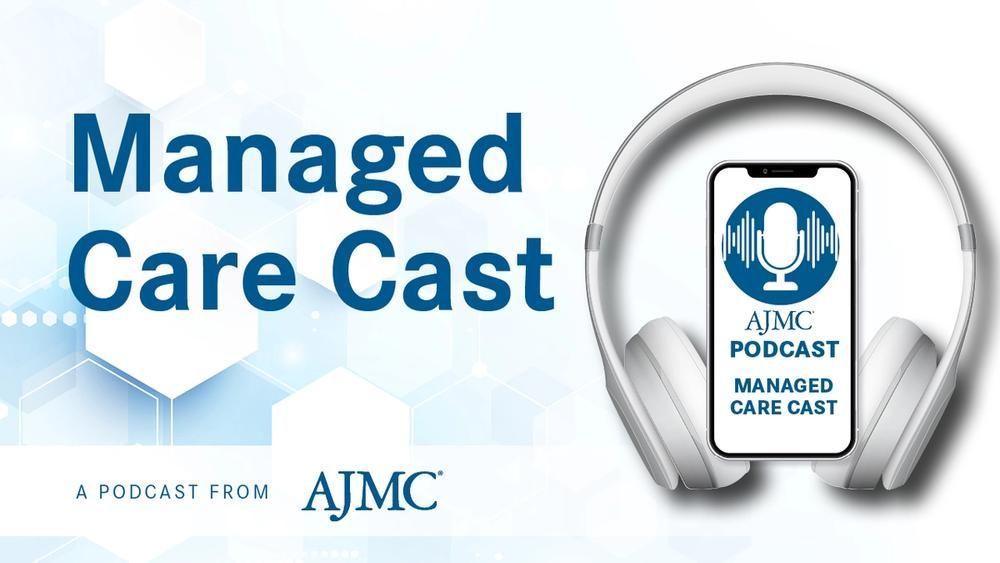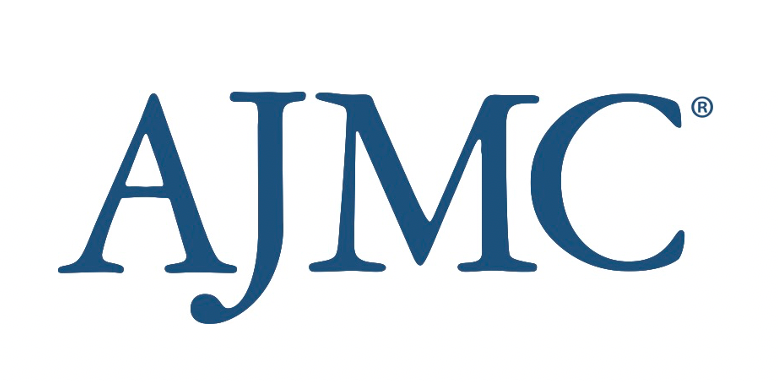News
Article
Medicaid Unwinding Left Thousands of Pediatric Patients Uninsured
Author(s):
Key Takeaways
- The end of continuous Medicaid coverage resulted in over 5.5 million pediatric patients losing insurance, affecting healthcare access.
- Disenrollment was higher among older children, females, and those with chronic medical conditions, with 8.7% becoming uninsured.
During the unwinding of continuous Medicaid provisions, 8.7% of pediatric patients at community-based health organizations became uninsured, with higher rates among older children, females, and those with chronic medical conditions.
During the unwinding of continuous Medicaid provisions, thousands of pediatric patients lost coverage and became uninsured, according to a study published in JAMA Network Open.1
Under the federal COVID-19 Public Health Emergency and the Families First Coronavirus Response Act, states received additional Medicaid funding and were prohibited from removing enrolled patients through eligibility redeterminations. However, continuous coverage ended in April 2023, raising concerns among stakeholders about the impact of unwinding continuous Medicaid coverage on care access and outcomes for pediatric patients.
Medicaid remains crucial for pediatric health, covering at least 40% of children. As of October 2024, Medicaid enrollment had declined by 14.7 million, including over 5.5 million pediatric patients.2 This shift also affected community health centers, which serve 1 in 9 pediatric patients and help systemically marginalized patients overcome barriers to care.1
Although research has found that 16.7% of adult Medicaid-insured patients seen at these organizations lost coverage during unwinding,3 the extent of pediatric disenrollment at community-based health organizations remains unexamined.1 Consequently, the researchers investigated the scope of Medicaid disenrollment to uninsured status during unwinding among pediatric patients receiving care at community-based health care organizations.
During the unwinding of continuous Medicaid provisions, 8.7% of pediatric patients at community-based health organizations became uninsured. | Image Credit: VadimGuzhva - stock.adobe.com

They used electronic health record (EHR) data from OCHIN, a nonprofit organization with a fully hosted and shared EHR platform for a nationwide network of community-based health care organizations. These organizations serve patients regardless of their ability to pay. Therefore, they treat a higher proportion of minoritized populations.
The study focused on patients aged 0 months to 17 years as of their last visit during the period when Medicaid coverage was continuous (January 1, 2021, to March 31, 2023) and their first visit during the unwinding period (April 1, 2023, to March 31, 2024). Eligible patients received services from specific health care organizations, like community health centers, rural health centers, and specialty clinics, in states with substantial representation in the OCHIN network.
The primary outcome was Medicaid disenrollment, considered as being insured through Medicaid at the last visit during continuous coverage, and then having at least 1 uninsured visit during the unwinding period. The researchers used logistic regression to estimate the odds of being uninsured during unwinding. Also, Cox proportional hazards regression models were used to examine the time to uninsured status from the start of unwinding in each patient’s state of residence through March 2024. Additionally, they assessed associations between the primary outcome and age, sex, language, race and ethnicity, and medical complexity.
Among 450,146 eligible pediatric patients, the mean (SD) age was 8.11 (5.07) years. More specifically, one-third of patients were aged 6 to 11 years (n = 151,479; 33.7%), and 31,008 were younger than 1 year (6.9%). Also, the researchers analyzed slightly more male patients (n = 225,354; 50.1%) than females (n = 224,747; 49.9%).
As for race and ethnicity, 52.2% (n = 234,901) were Hispanic, 17.6% (n = 79,223) White, 13.8% (n = 60,060) Black, 8.9% (n = 40,076) other or unknown race and ethnicity, 4.9% (n = 22,066) Asian, 1.3% (n = 6048) American Indian or Alaska Native, 1.2% (n = 5381) multiracial, and 0.1% (n = 391) Native Hawaiian or Other Pacific Islander.
Over half of patients preferred care in English (n = 241,555; 53.7%) vs Spanish (n = 176,530; 39.2%). Regarding medical complexity status, 38.8% were classified as nonchronic, 28.1% as chronic but noncomplex, and 33.2% as complex chronic.
Of the study population, 39,294 (8.7%) were disenrolled from Medicaid to uninsured status during the unwinding period. Unadjusted descriptive statistics demonstrated that disenrolled patients tended to be older, have chronic complex medical complexity status, and prefer care in English. Therefore, patients aged 12 to 17 years had the highest estimated disenrollment percentage, at 10.5%.
After adjustment, all other age groups had lower odds of being disenrolled to uninsured status vs those younger than 1. Also, female patients had higher odds of disenrollment (adjusted OR [aOR], 1.15; 95% CI, 1.13-1.18; adjusted HR [aHR], 1.14; 95% CI, 1.12-1.17) compared with male patients, with estimated disenrollment of 9.1% and 8.4%, respectively.
As for race, the researchers found in the adjusted analyses that American Indian or Alaska Native patients (aOR, 1.95; 95% CI, 1.81-2.09; aHR, 1.81; 95% CI, 1.05-3.13) had higher disenrollment compared with White patients, with estimated disenrollment of 17.1% vs 9.4%.
Lastly, patients with chronic but noncomplex (aOR, 1.83; 95% CI, 1.79-1.88; aHR, 1.80; 95% CI, 1.44-2.27) or complex chronic medical complexity (aOR, 1.95; 95% CI, 1.89-2.00; aHR, 1.92; 95% CI, 1.67-2.21) had higher odds and likelihood of disenrollment, with estimated disenrollment rates of 10.2% and 10.4%, respectively, compared with 6.3% among those with nonchronic medical complexity.
The researchers acknowledged their study’s limitations, one being that it only included community-based health care organizations within the OCHIN network. Therefore, it did not capture all patients or all states, representing a potentially biased sample. Despite these limitations, the researchers expressed confidence in their findings, suggesting areas for further research.
“Future work should continue to examine the impact of this disenrollment to uninsured status on patients’ access to care and health outcomes and clinic operations,” the authors concluded.
References
1. Bensken WP, Dankovchik J, Fein HL, Duhon G, Sills MR. Unwinding of continuous Medicaid coverage among pediatric community health center patients. JAMA Netw Open. 2025;8(2):e2458155. doi:10.1001/jamanetworkopen.2024.58155
2. Center for Children and Families. Unwinding continuous coverage. Georgetown University McCourt School of Public Policy. 2024. Accessed February 6, 2025. https://ccf.georgetown.edu/subtopic/unwinding-phe/
3. National Association of Community Health Centers. Community Health Center Chartbook 2024: analysis of 2022 UDS data. March 1, 2024. Accessed February 6, 2025. https://www.nachc.org/resource/community-healthcenter-chartbook/














